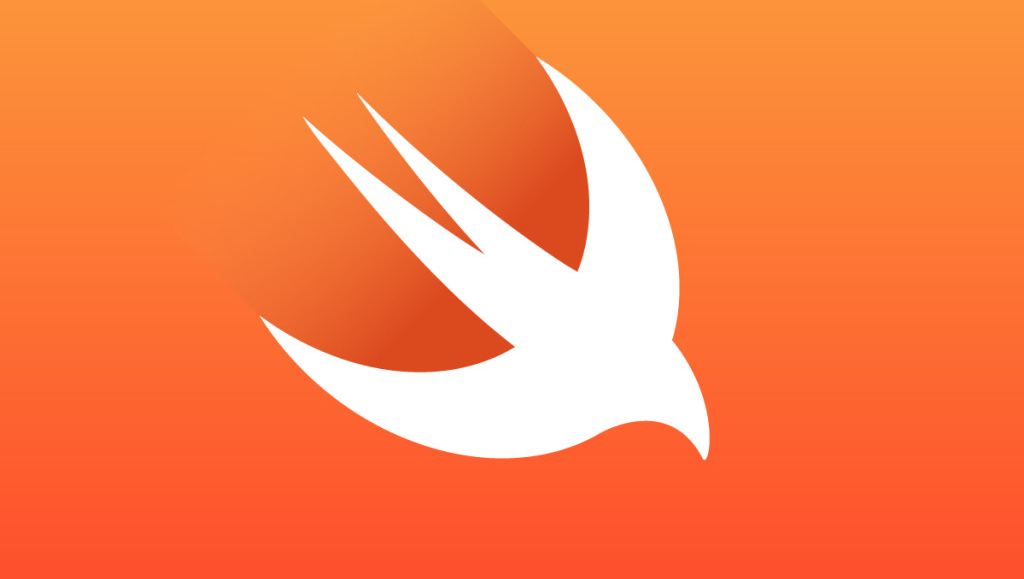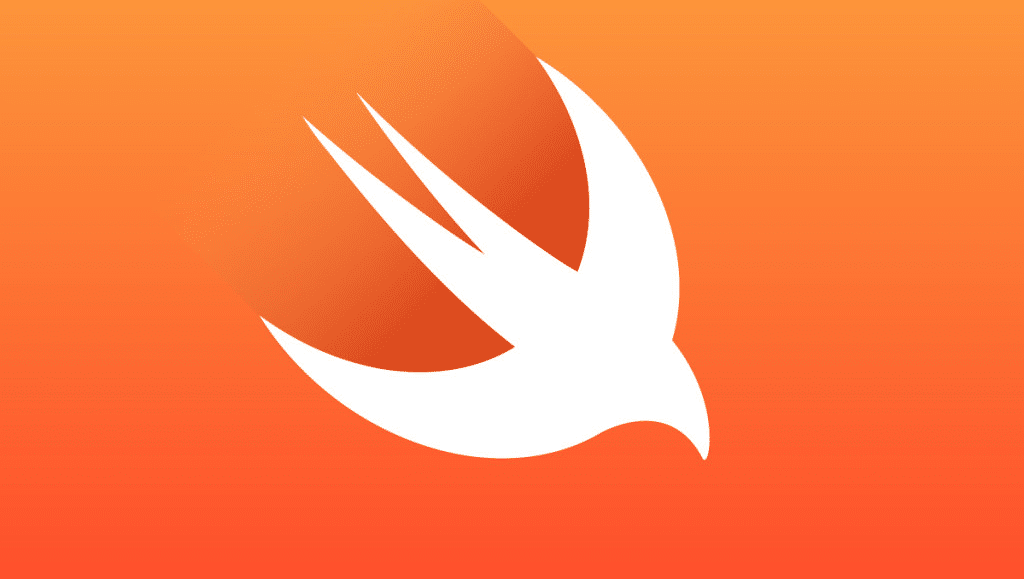By virtue of what we teach at Udacity, we get to be part of a really exciting space where rapid change is the norm. New products, new platforms, and new tools seemingly emerge everyday, and for students and instructors alike, it’s unbelievably thrilling to work in the middle of all this innovation! But, rapid change has its own set of problems, too. For example, keeping courses up-to-date can be really difficult—especially when you’re trying to keep pace with world-class innovators like Apple! At Udacity, we embrace this challenge so that we can consistently offer the best content to students.
Before the end of this quarter, we can expect that Apple will make announcements about an improved device lineup and the newest version of their Swift programming language—Swift 3. Rest assured, the team behind the iOS Developer Nanodegree program is already working to stay on top of all these exciting changes!
A Swift History
If you’re new to Swift, here’s a brief history:
June 2, 2014
The Swift language is announced at the WWDC 2014 Keynote with a 550-page language manual called “The Swift Programming Language”.
June 8, 2015
Swift 2.0 is announced at the WWDC 2015 Keynote, and Apple begins accepting open source contributions to the language.
December 3, 2015
The Swift.org website and blog launches and provides information for how the community can participate in the language’s evolution.
The Game Plan
Fast-forward to today and the current standard is Swift 2.2, and the language is on its way to a third iteration. We expect to hear a release announcement at Apple’s annual Fall event or at least by late 2016. While the official date is not certain, we do have one definite: Ted Kremenek, manager of languages and runtimes at Apple, announced on Twitter that July 27 would be the target date for last source-breaking changes to the language. This is great news, and for the iOS Developer Nanodegree, we have a built a game plan based on this news:
July 18 – [DONE] Create Swift 3 versions of all code examples
July 29 – Finalize Swift 3 versions of code examples with last source-breaking changes
Early Q4 2016 – Produce new materials for Swift 3 and replace content affected by the changes
[Tweet “The @Udacity #iOS team has a game plan—and a migration guide—for #Swift3! #TheGreatMigration”]
The Great Migration
Of course, if Apple makes a surprise announcement, then we will pivot accordingly. But, in the meantime, we’ve created a migration guide for getting your code working with Swift 3. Luckily for everyone, Xcode’s automatic conversion tool does most of the heavy lifting, but if your migrated projects are still getting warnings/errors, we still have you covered!
These kinds of changes are what makes developing for iOS such a dynamic and exciting career—constant innovation means constant discovery, and you know you’ll always be working on—and with!—something exciting.
~








